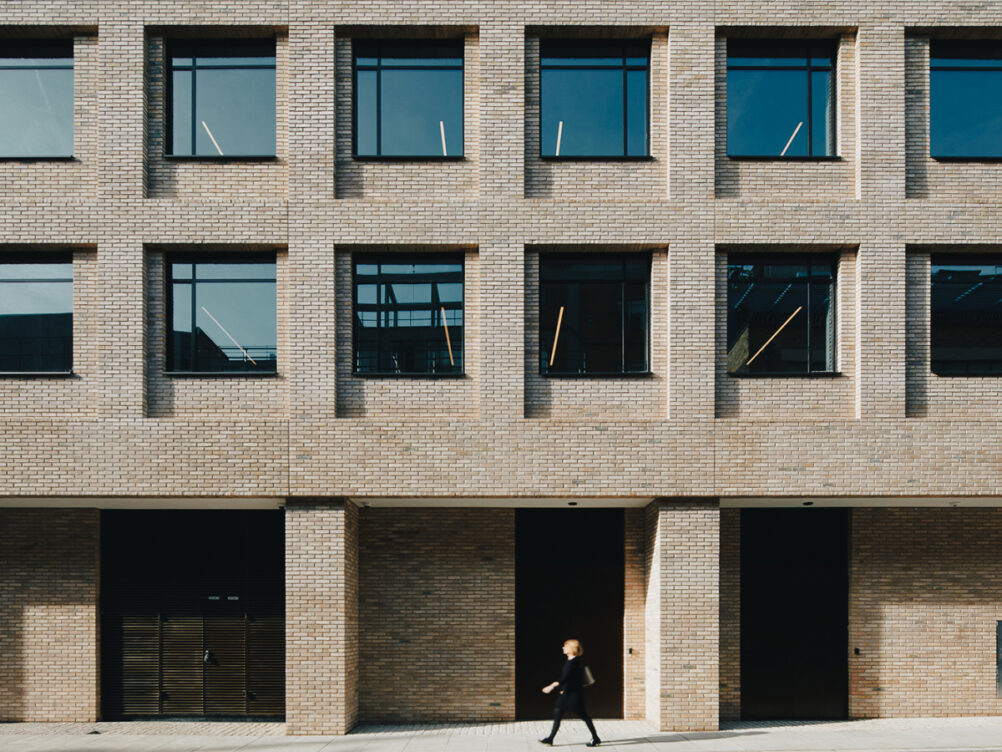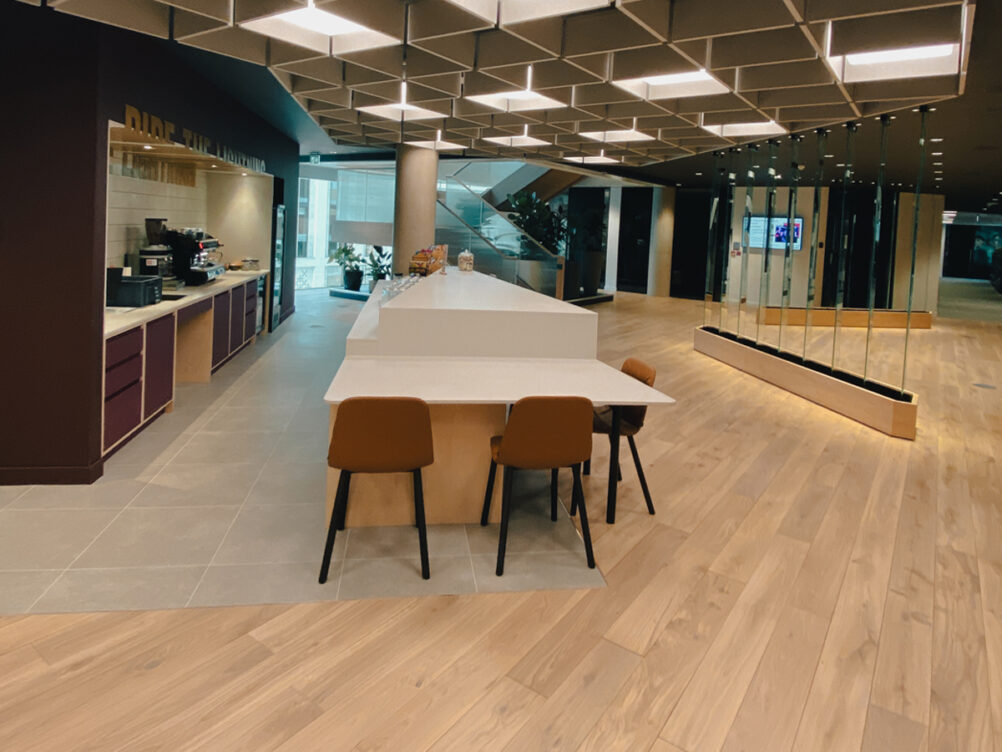Shft Supports Nima’s IMI as Founding Signatory
Shft has joined a select group of founding members backing Nima’s Information Management Initiative (IMI) – a UK-wide drive to improve digital information practices across construction.



Advantages of BIM: A collaboration between a new London Landmark, ISG, and Shft
There is no better way to understand the advantages of BIM than to see how it has impacted real projects. Keep reading for a case study demonstrating the benefits of using BIM.
A Californian streaming giant acquired new London offices and hired a main contractor (ISG) to do the fit-out work. ISG chose to collaborate with trusted subcontract partners—step forward Fieldmans, ICS, and PSTG—who, in turn, connected with Shft to get their BIM done.
Whereas once upon a time, an architectural design started with a drawing, of a series of lines, on a computer or paper. Today, BIM uses an intelligent model enabled by a cloud platform and integrates multidisciplinary data to produce a digital representation.
In a nutshell, BIM is a virtual representation of the physical and functional parts of a building that allows everyone—the architect, client, suppliers, contractors, building managers, et al.—to work on the model. Think of it as Google Docs for buildings.

The client—one of the world’s best-known streaming services—requested that the design and construction of its new offices use BIM. A key factor for that client was implementing information requirements for FM (facilities management) and O&M (operations and maintenance) deliverables for specific use post-construction.
“Shft has been excellent throughout the entire process—quick, efficient, and armed with extensive knowledge of an array of BIM construction software tools. We wouldn’t hesitate to outsource our BIM work to Shft again.”
— Veronica Friuli, ISG
Learn about the pros and cons of outsourcing your BIM here
Shft acted as the BIM lead on behalf of multiple trades, demonstrating our capability to provide high-quality work for different packages. We were actively engaged with the supply chain and provided 3D models to excellent standards, extracting 2D information directly from the 3D model and delivering the asset data.
We also cooperated with the main contractor by attending coordination workshops and collaborating with the site team to validate the information and provide handover deliverables on time.
Furthermore, we took on the role of mentor—helping inform our customers about the digital requirements and how to implement their respective strategies.
Over to Veronica Friuli at ISG: “I had worked with Michelle, one of Shft’s co-founders, before, and so I knew of her expertise in and passion for BIM. This, combined with her cutting-edge tech know-how, made reaching out to Michelle a no-brainer.
Plus, as the end client is committed to closing diversity gaps, increasing representation, and adding new voices, turning to Shft, a woman-owned and led business, became a no-brainer.”

In this instance, BIM helped address one of the most common struggles across the Architectural Engineering and Construction (AEC) industry: an isolated approach to project planning. When data is siloed, its power to drive action and obtain results is limited.
The collaborative nature of BIM coordination helped the project team avoid such issues, allowing any design queries to be fixed proactively in the model rather than in the field.
Also, all parties could step across the digital bridge with confidence, thanks to guidance from Shft. They gained unparalleled insight into their project at every stage of construction—and beyond—helping to raise standards, reduce errors, end disputes, and, crucially, save time and money.
“Shft took a lot of weight off our shoulders, especially as they could attend the design meetings, which was really helpful. More than that, Jacques and Michelle—Shft’s co-founders—are super approachable, knowledgeable, willing, and all-around lovely people to work with.”
— Lisa Sams, Fieldmans
Prioritising BIM technology allowed for a more collaborative approach across the entire lifecycle of this construction project. The three stakeholder tiers—the contractors, designers, and owners—worked together to unlock efficiencies and identify and resolve errors in real-time. This reduced health and safety risks, avoided costly mistakes, and reduced revisions.
Using BIM for this project improved all its phases significantly—especially the pre-construction period—and helped deliver high-quality results. What’s more, using digital tools—such as a cloud-based model viewer—allowed every team member to access a live model at any time.

“Outsourcing our BIM work to Shft not only enabled the design and construction teams to work more efficiently but to capture the data they created during the process to benefit operations and maintenance activities. The icing on the cake? We experienced improved performance and handover through a talented collaboration!”
— Veronica Friuli at ISG
“Shft delivered. And then some! They put a lot of work into ensuring that the BIM reflected exactly what we had installed on site. Previously, we outsourced BIM to another company (as we don’t have any in-house BIM designers at Fieldmans). But, on this project, the contractor recommended Shft—and I have to say that they completely outshone past collaborators. I look forward to working with Shft in the future.”
— Lisa Sams, Fieldmans

Leave your digital worries at the door and let Shft handle them. We’ve made BIM our business so you can focus on what you love about getting a project done while we embrace construction’s digital future for you.
Get BIM done with confidence, with Shft.